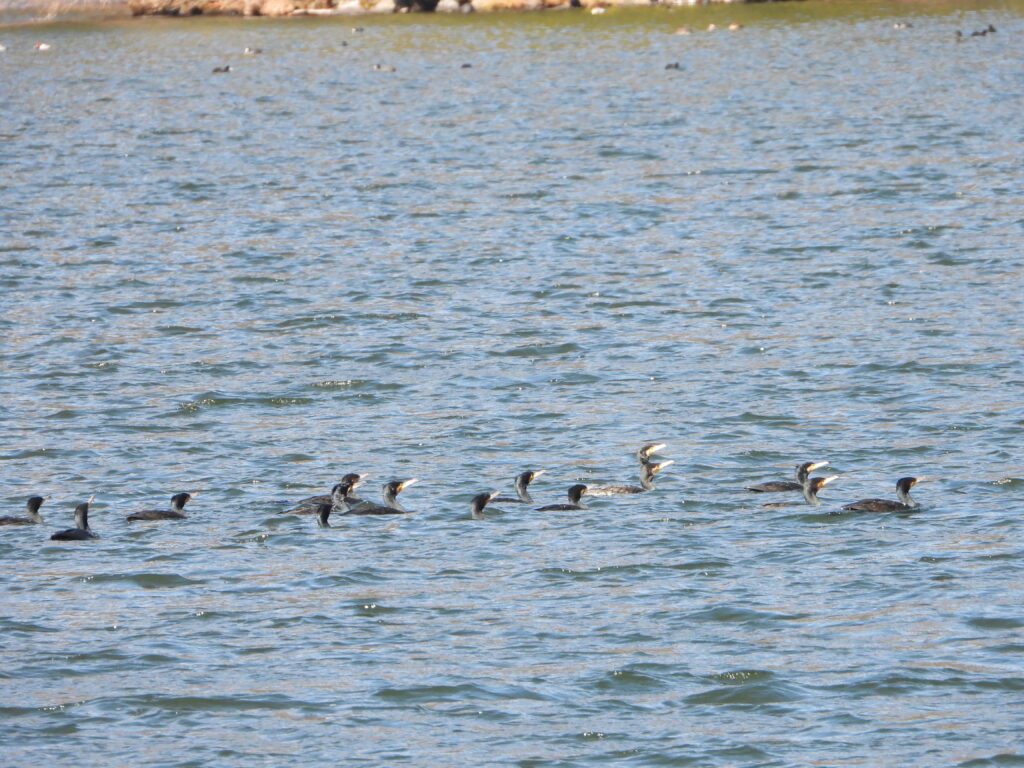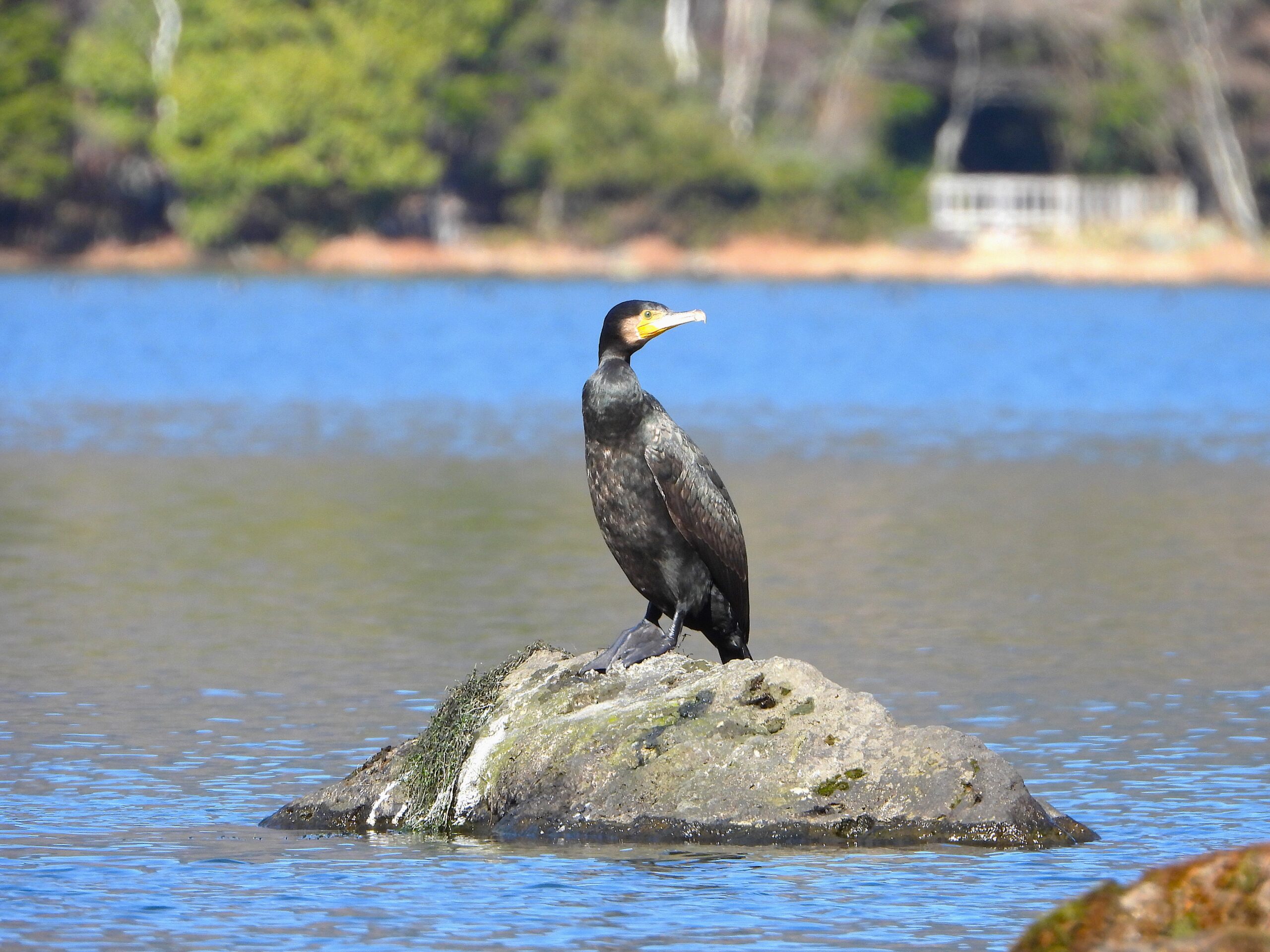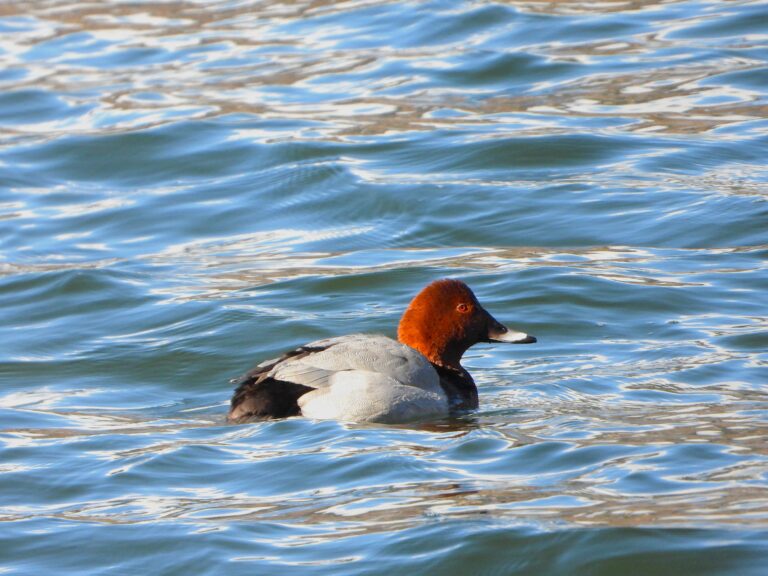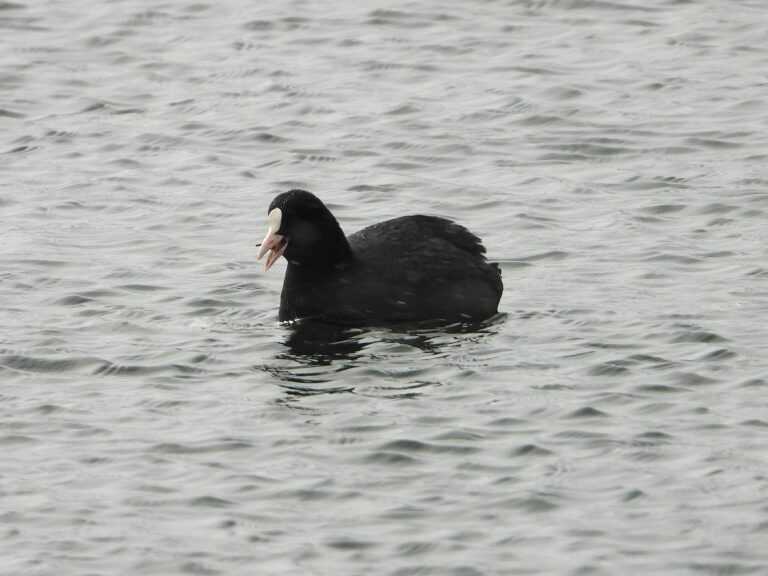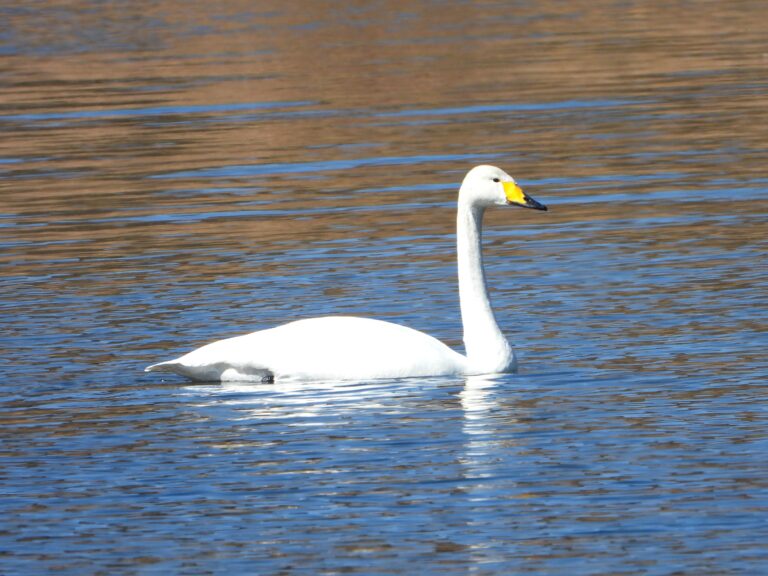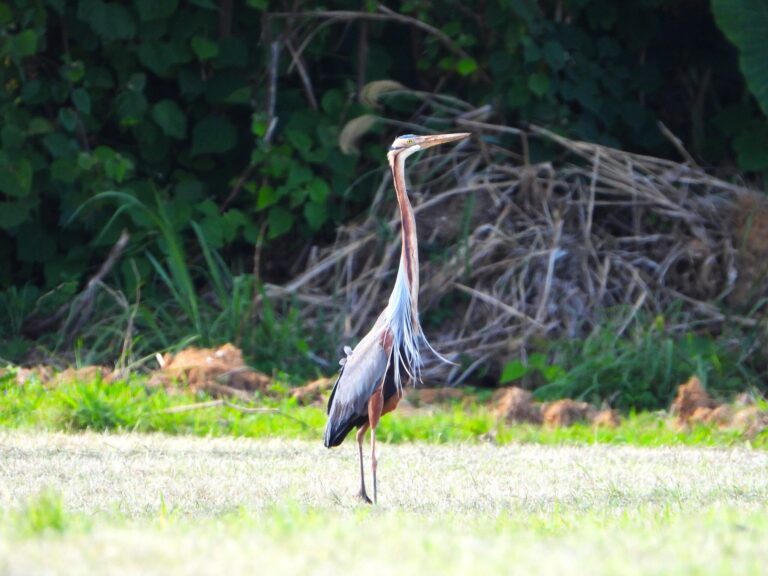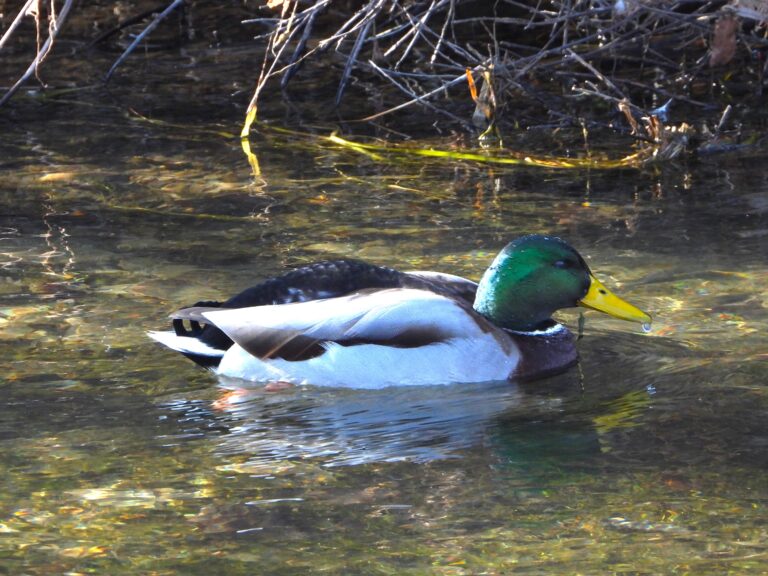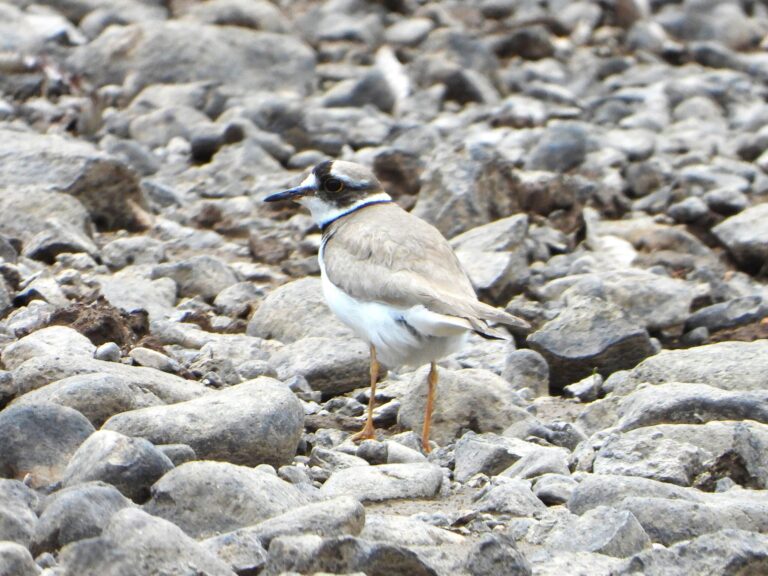Great Cormorant (Phalacrocorax carbo hanedae) – Wildlife of Japan
Introduction
A large, dark waterbird of rivers, lakes, reservoirs, estuaries, and inner bays. Japan’s resident population belongs to the subspecies hanedae, which has increased nationwide in recent decades—bringing both an everyday wildlife spectacle and recurring conflicts with inland fisheries.
Taxonomy & Names
- English: Great Cormorant
- Japanese: Kawau
- Scientific: Phalacrocorax carbo hanedae Kuroda, 1925 — resident subspecies found in Japan, Korea, Taiwan, and parts of Russia.
Appearance
Stocky, mostly black with a brownish or bronzy sheen; heavy hooked bill; fully webbed feet. In breeding plumage many birds show white filoplumes on the head/neck and a conspicuous white thigh patch; juveniles are browner with a paler belly.
Habitat & Distribution
A year-round resident across Japan, using broad lowland rivers, lakes and dam reservoirs, river mouths, ports, and inner bays. Colonial breeding and communal roosting in riverside woods are typical.
Where to See in Japan
Scan big rivers, reservoirs, and estuaries nationwide for commuting lines of cormorants at dawn and dusk, daytime fishing on urban rivers, and large roosts in tall riverside trees—patterns well documented for Japanese colonies.
Behavior
An expert pursuit-diver that forages underwater, then often perches with wings spread to dry. Daily rhythm commonly involves group departures from colonies/roosts to feeding sites and returns by midday onward, especially in breeding season.
Diet
Primarily fish; in inland Japan, Ayu (sweetfish) frequently features in conflict reports, alongside carp and other river fish. Captive intake around ~330 g/day is cited as a reference value (higher when feeding chicks).
Reproduction
Colonial stick-nester (often in trees within riverside woods). Typical clutch 2–4 eggs (often 3); incubation about 24–32 days; chicks are altricial and fledge roughly 31–59 days after hatching. Breeding timing varies by colony and region, and can occur at many times of year in Japan.
Similar Species & ID Tips (Kawau vs Umiu)
The Great Cormorant (Kawau) closely resembles the Japanese/Temminck’s Cormorant (Umiu, P. capillatus).
- Gular skin shape: in Kawau the yellow bare patch at the bill base tends not to form a sharp, triangular point at the mouth corner; in Umiu it narrows more distinctly.
- Upperparts gloss: Kawau often shows a browner/bronzy sheen; Umiu appears greener-black.
Use multiple characters and good side-on views for confident IDs.
Conservation & Management
Global status: Least Concern. In Japan, management emphasizes monitoring, science-based damage mitigation, and adaptive responses to local fishery impacts rather than culling alone.
Author’s Impression
One day at a lakeside beneath the mountains, I witnessed a vast flock of Great Cormorants—over a hundred birds rising into the sky at once. The power of that collective flight was absolutely breathtaking.
